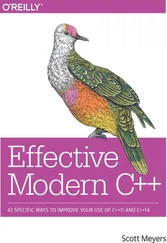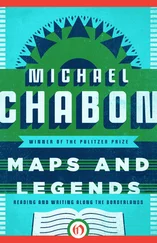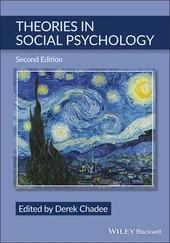Bernard C. Beins - Effective Writing in Psychology
Здесь есть возможность читать онлайн «Bernard C. Beins - Effective Writing in Psychology» — ознакомительный отрывок электронной книги совершенно бесплатно, а после прочтения отрывка купить полную версию. В некоторых случаях можно слушать аудио, скачать через торрент в формате fb2 и присутствует краткое содержание. Жанр: unrecognised, на английском языке. Описание произведения, (предисловие) а так же отзывы посетителей доступны на портале библиотеки ЛибКат.
- Название:Effective Writing in Psychology
- Автор:
- Жанр:
- Год:неизвестен
- ISBN:нет данных
- Рейтинг книги:3 / 5. Голосов: 1
-
Избранное:Добавить в избранное
- Отзывы:
-
Ваша оценка:
- 60
- 1
- 2
- 3
- 4
- 5
Effective Writing in Psychology: краткое содержание, описание и аннотация
Предлагаем к чтению аннотацию, описание, краткое содержание или предисловие (зависит от того, что написал сам автор книги «Effective Writing in Psychology»). Если вы не нашли необходимую информацию о книге — напишите в комментариях, мы постараемся отыскать её.
Effective Writing in Psychology: Papers, Posters, and Presentations
Effective Writing in Psychology's
Effective Writing in Psychology: Papers, Posters, and Presentations
Effective Writing in Psychology — читать онлайн ознакомительный отрывок
Ниже представлен текст книги, разбитый по страницам. Система сохранения места последней прочитанной страницы, позволяет с удобством читать онлайн бесплатно книгу «Effective Writing in Psychology», без необходимости каждый раз заново искать на чём Вы остановились. Поставьте закладку, и сможете в любой момент перейти на страницу, на которой закончили чтение.
Интервал:
Закладка:
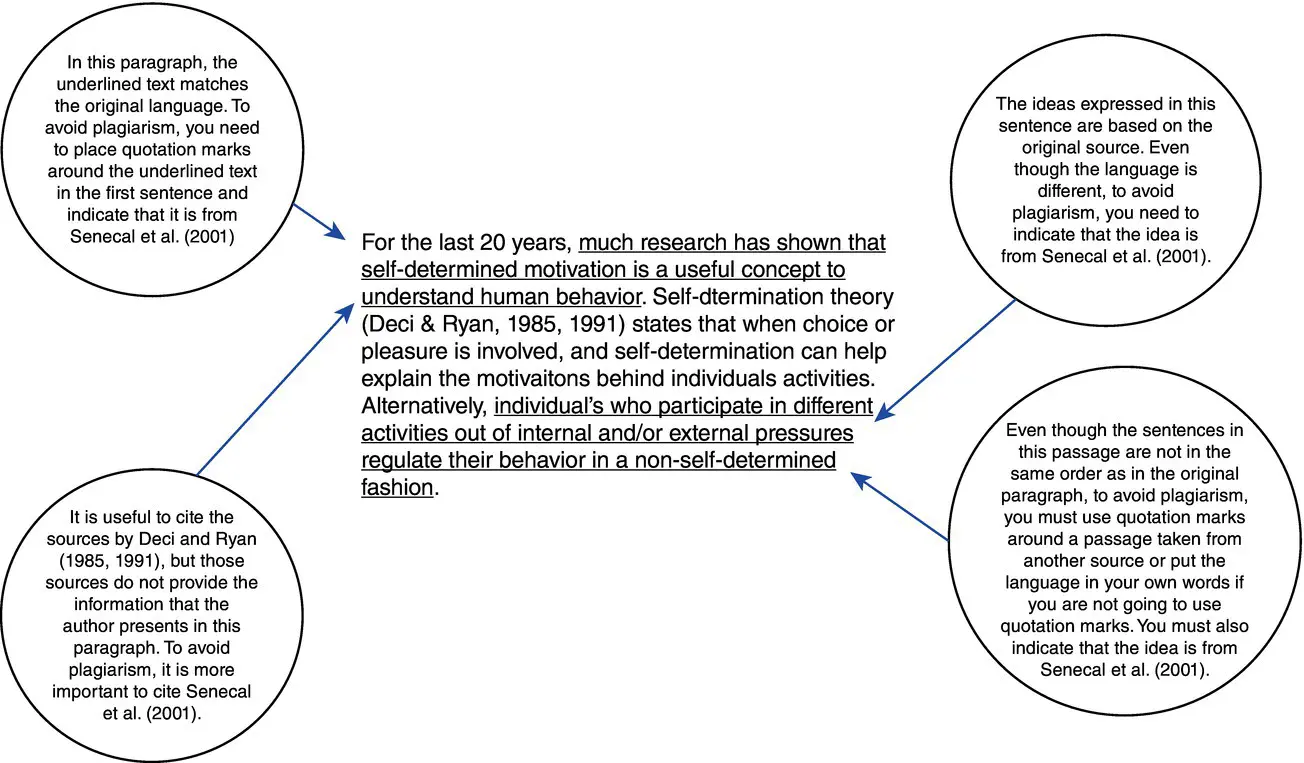
Figure 2.1 Examples of plagiarism.
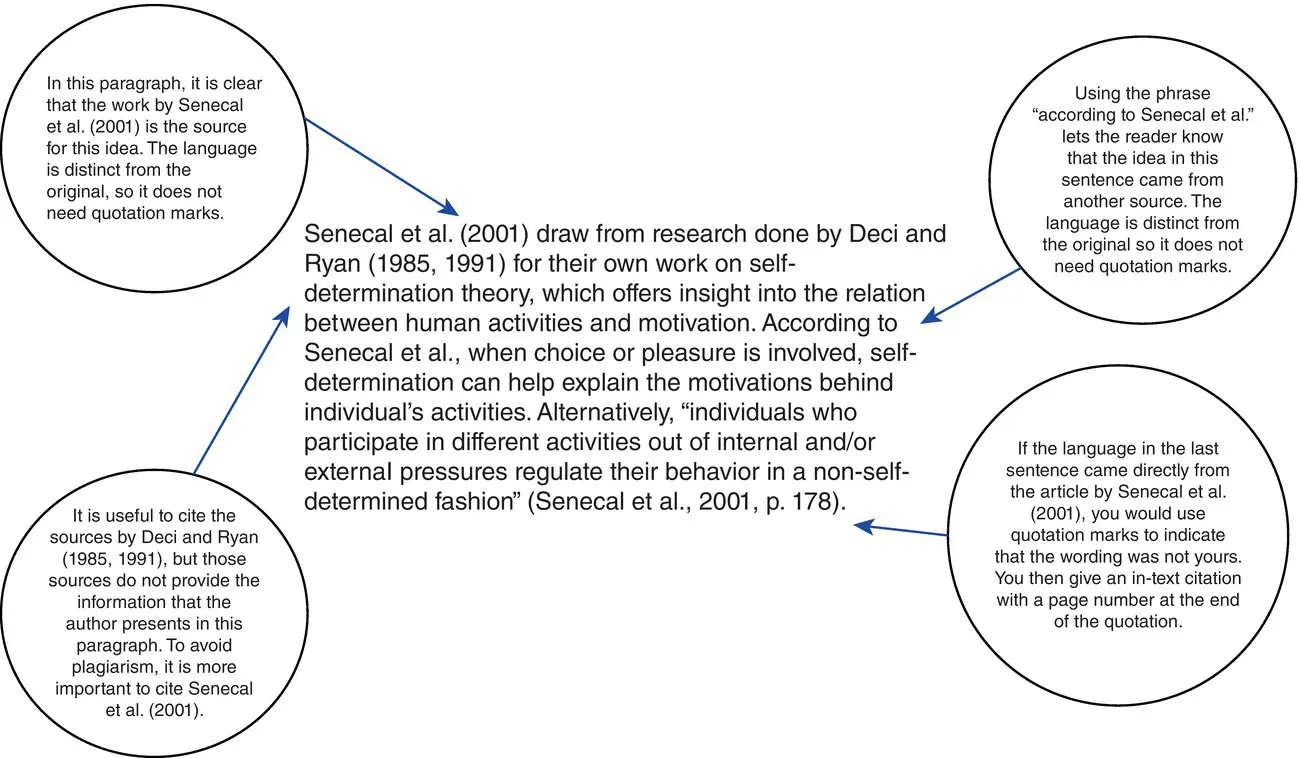
Figure 2.2 Revision that avoids plagiarism.
Scholarly Excerpt
According to self‐determination theory (Deci & Ryan, 1985 , 1991), individuals who perform an activity out of choice and pleasure regulate their behavior in a self‐determined manner. In contrast, individuals who participate in different activities out of internal and/or external pressures regulate their behavior in a non‐self‐determined fashion. Throughout the past two decades, much research has shown that self‐determined motivation is a useful concept to understand human behavior (Senécal, Vallerand, & Guay, 2001 , p. 177).
Attempted Paraphrase
For the last 30 years, much research has shown that self‐determined motivation is a useful concept to understand human behavior. Self‐determination theory (Deci & Ryan, 1985 , 1991) states that, when choice or pleasure is involved, self‐determination can help explain the motivations behind individuals' activities. Alternatively, some individuals participate in different activities because of internal and/or external pressures, so they regulate their behavior in a non‐self‐determined fashion.
Paraphrase Rewrite
Senécal et al. (2001) draw from research done by Deci and Ryan (1985 , 1991) for their own work on self‐determination theory, which offers insight into the relationship between human activities and motivation. According to Senecal et al., when choice or pleasure is involved, self‐determination can help explain the motivations behind individuals' activities. Alternatively, “individuals who participate in different activities out of internal and/or external pressures regulate their behavior in a non‐self‐determined fashion” (Senécal et al., 2001 , p. 178).
This example is relatively straightforward and addresses situations commonly encountered in academic research and writing, and in many cases, it is clear how to avoid plagiarism. Nevertheless, there will probably be moments when you are unsure whether you need to cite something or how to cite it. For example, you might not know if your audience considers something to be common knowledge, or you might wonder if your paraphrase is different enough from the original text. When this happens, just ask someone. Your instructor and university librarians will be familiar with the practices that ensure academic integrity in research and writing, so use them as resources.
We encourage you to become familiar with what is and isn't plagiarism not only because it is a form of dishonesty but also because including citations and references can strengthen your work. For example, if you are proposing that people who were spanked as children are more likely to spank their own children, drawing from other psychologists' credible, scholarly research that points to the same conclusion will increase the validity of your stance.
Referencing perspectives that contradict your stance can benefit your work, too. Showing your audience that you are aware of and have evaluated research that presents arguments or conclusions that differ from yours indicates that you have explored multiple perspectives and still consider yours to be the strongest. So, revisiting the spanking example from the previous paragraph, if you were to make an argument about spanking, you could cite studies that do not find a connection between being spanked as a child and then spanking one's own children. Addressing counterarguments may persuade someone who previously disagreed with your stance to reconsider, so through this strategy you might convince more readers of the credibility of your argument. (See Chapter 9for more information about counterarguments.)
Regardless of the research stage, each time you take notes, you want to be able to connect those notes to a specific source. There are different systems you can use to do this, so find the one that works best for you. For some people, recording a source's complete citation information and then writing notes keeps everything in one place and makes it less likely that either the citation or the notes will be lost or separated. Almost all library catalogs and search engines allow you to email or print citations, and through some article databases you can email or print out entire articles. However, should you email or print citations, you then need to figure out how to connect the citations with your notes about that source. If you will be using a number of sources, programs such as EndNote, Zotero, and RefWorks (which are all reference management software) can help you record your sources and connect them to your notes.
What we want to emphasize, though, is the importance of keeping track of your sources at the initial research phases and throughout your writing project. There are few things as frustrating as knowing you've summarized, paraphrased, or quoted a source but not knowing which source it is, which causes you to spend time reading through articles or even revisiting the library to get a source you had already returned. Therefore, practices that support academic integrity not only may prevent plagiarism—intentional or unintentional—they may also be more efficient in the long run.
3 AssessingYour Sources
In all affairs it's a healthy thing now and then to hang a question mark on the things you have long taken for granted.
Bertrand Arthur William Russell
The most erroneous stories are those we think we know best—and therefore never scrutinize or question.
Stephen Jay Gould
Imagine that you have been diagnosed with an illness and need treatment. How do you find out what treatment is the best for your condition? Would you be more likely to trust a doctor or medical student? How would you assess advice from someone who was diagnosed with and recovered from the same illness? Would you choose a drug regimen based on a television advertisement or an internet pop‐up ad?
Although writing a paper generally is not a matter of health or sickness, there may be some parallels between your decision about treating an illness and using a source in your paper. Consider the following questions: Where does the information come from? Who is telling you the information, and what kind of credibility does the source have? Where would you look to find out more? The purpose of this chapter is to give you some tools for addressing these questions by evaluating the sources you encounter. This process involves determining not only the credibility of the source but also what biases or assumptions shape the information in a credible source. Credibility, therefore, is the central concept of this chapter because it can be a useful yardstick for evaluating sources, for the greater your sources' credibility, the more confident you can be in the information they contain. In an academic paper, credible sources also strengthen your own credibility as a writer.
The Difference Between Primary, Secondary, and Tertiary Literature
Before going into the specificities of popular and scholarly sources, we first distinguish between primary, secondary, and tertiary literature. Each category has distinguishing characteristics that you can use to determine the type of source you've found, but some sources may appear to fit within different categories. Therefore, it is best to conduct a holistic assessment of a book or article. For example, rather than looking only at the author of an article, the journal in which it appears, or the date of publication, consider the range of different criteria we outline in this chapter.
Читать дальшеИнтервал:
Закладка:
Похожие книги на «Effective Writing in Psychology»
Представляем Вашему вниманию похожие книги на «Effective Writing in Psychology» списком для выбора. Мы отобрали схожую по названию и смыслу литературу в надежде предоставить читателям больше вариантов отыскать новые, интересные, ещё непрочитанные произведения.
Обсуждение, отзывы о книге «Effective Writing in Psychology» и просто собственные мнения читателей. Оставьте ваши комментарии, напишите, что Вы думаете о произведении, его смысле или главных героях. Укажите что конкретно понравилось, а что нет, и почему Вы так считаете.

